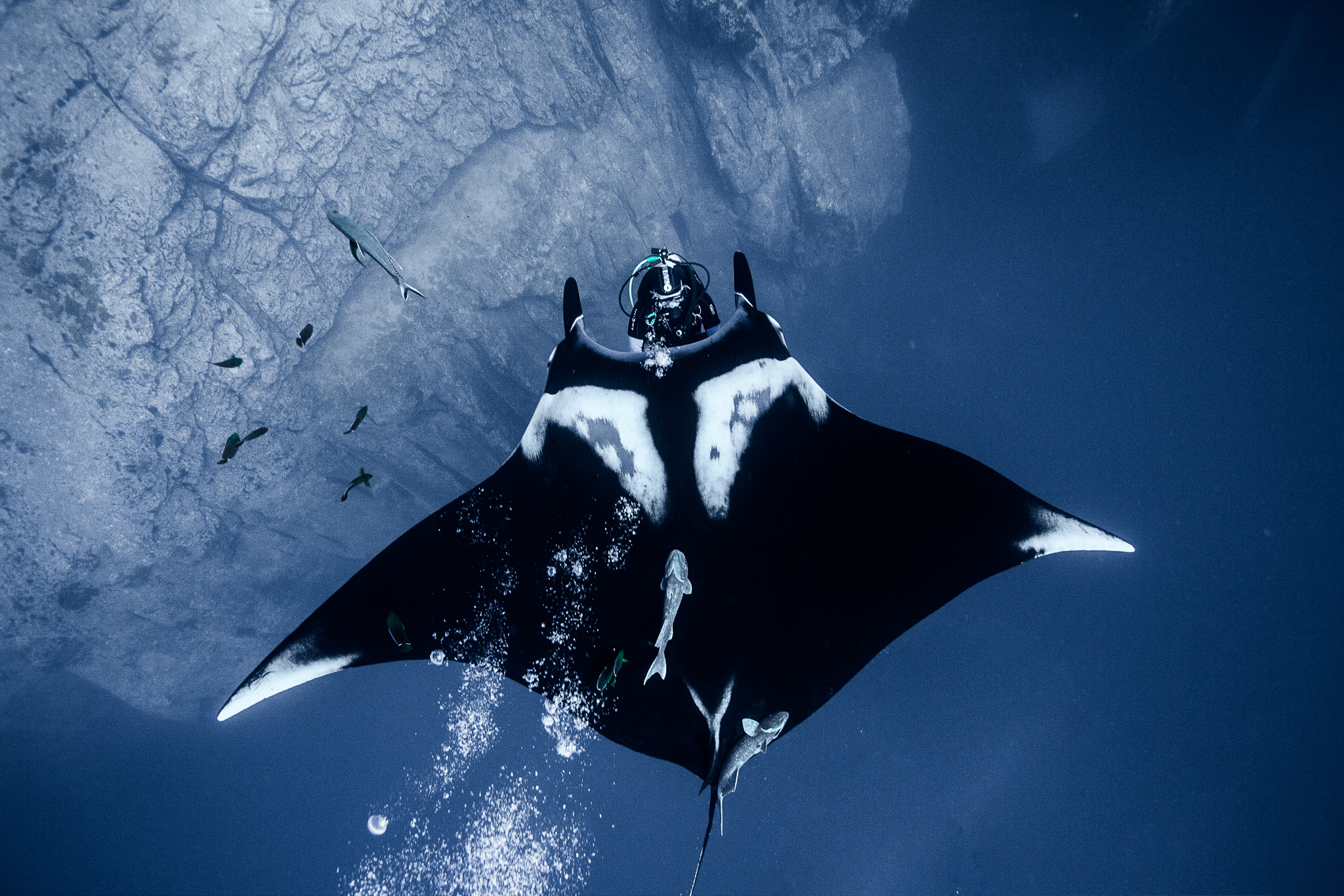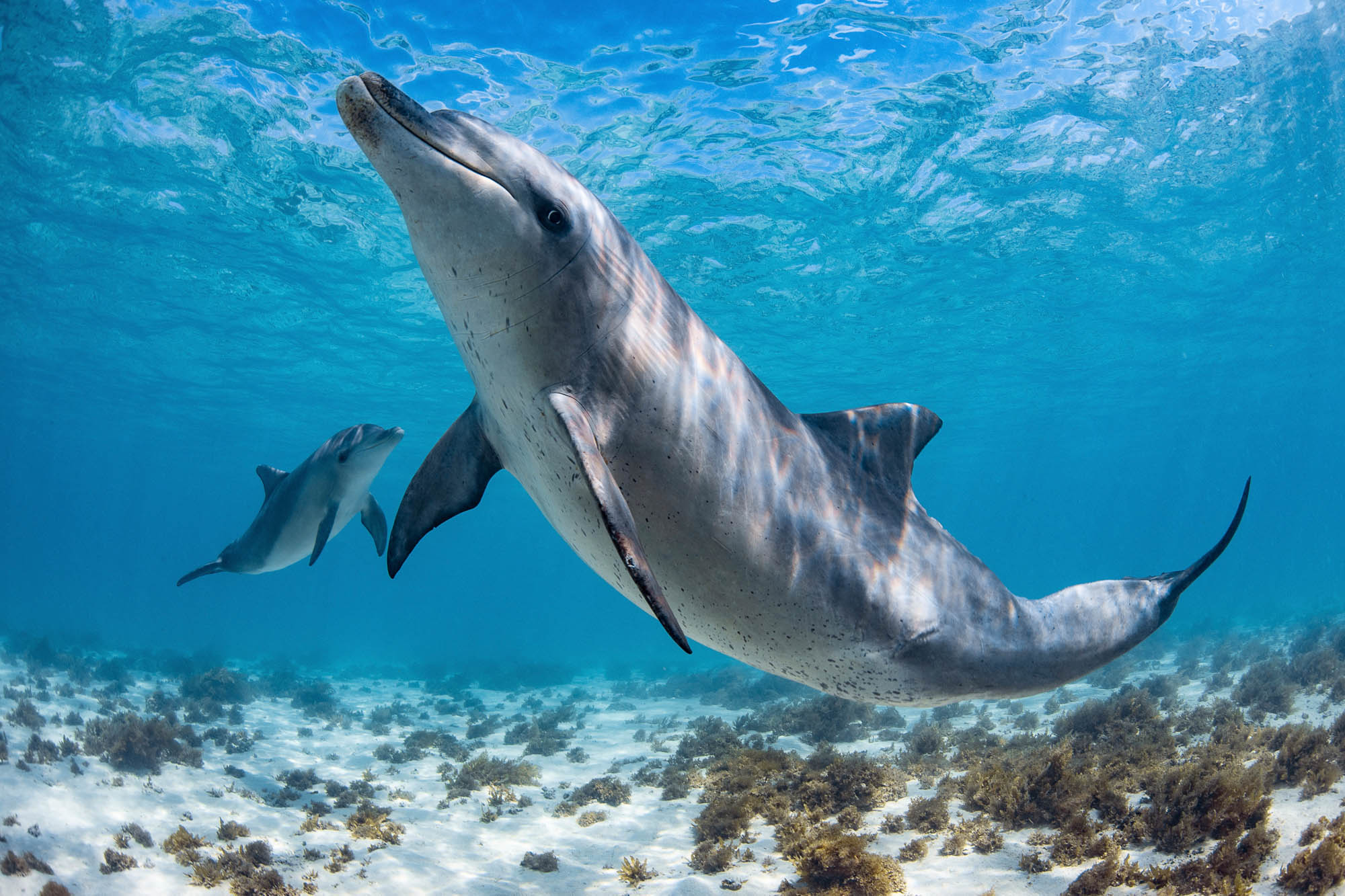The human body consists of about 60% of water. Water covers about 71% of the earth’s surface. The human connection to water is pretty mighty. It’s no wonder the element has fascinated humankind for centuries. It inspires adventure, evokes fear, promotes relaxation, ignites curiosity and more. People have long researched the connection that we, as human beings, share with water. One theory that has made its way into popular culture is Blue Mind Theory. Blue Mind Theory is the belief that when people are in or around water, it places them in a mildly meditative state due to its positive effects on the body and mind.
When gazing upon the work of underwater photographer Pier Nirandara, a wave of calm instantly washes over you. Nirandara is an award-winning underwater photographer, author, travel writer and film producer from Bangkok, Thailand. Since the age of 8, she’s been spellbound by the wonders of the sea. Today, Nirandara has travelled to all seven continents, exploring the wonders of the ocean and all the magic it holds. Although she’s always on the go, we managed to catch up with Nirandara and chat about her love for the ocean, overcoming fear and pursuing one’s dreams.
Your underwater photography work is phenomenal; what drew you to this genre, and how did you get your start?
It all started with a very vivid memory of seeing my mom come out of the ocean after a Discover Scuba Dive and being too young to accompany her. I’d never felt more jealous before in my life! Shortly after, I took my first underwater breaths at age 8 with the PADI Bubblemaker course and was hooked ever since. I got my certification a few years later for “research” when I was writing a children’s trilogy of books set underwater about mermaids.
You’re an award-winning author, film producer and underwater photographer; how do you juggle it all?
With very little sleep, ha!
What is it about the ocean and its animals that you love so much?
The journey inward as well as outward, the incredible marine life and animals you can encounter, and the people you get to meet. There’s a sense of community, of home, of all being connected through the blue.
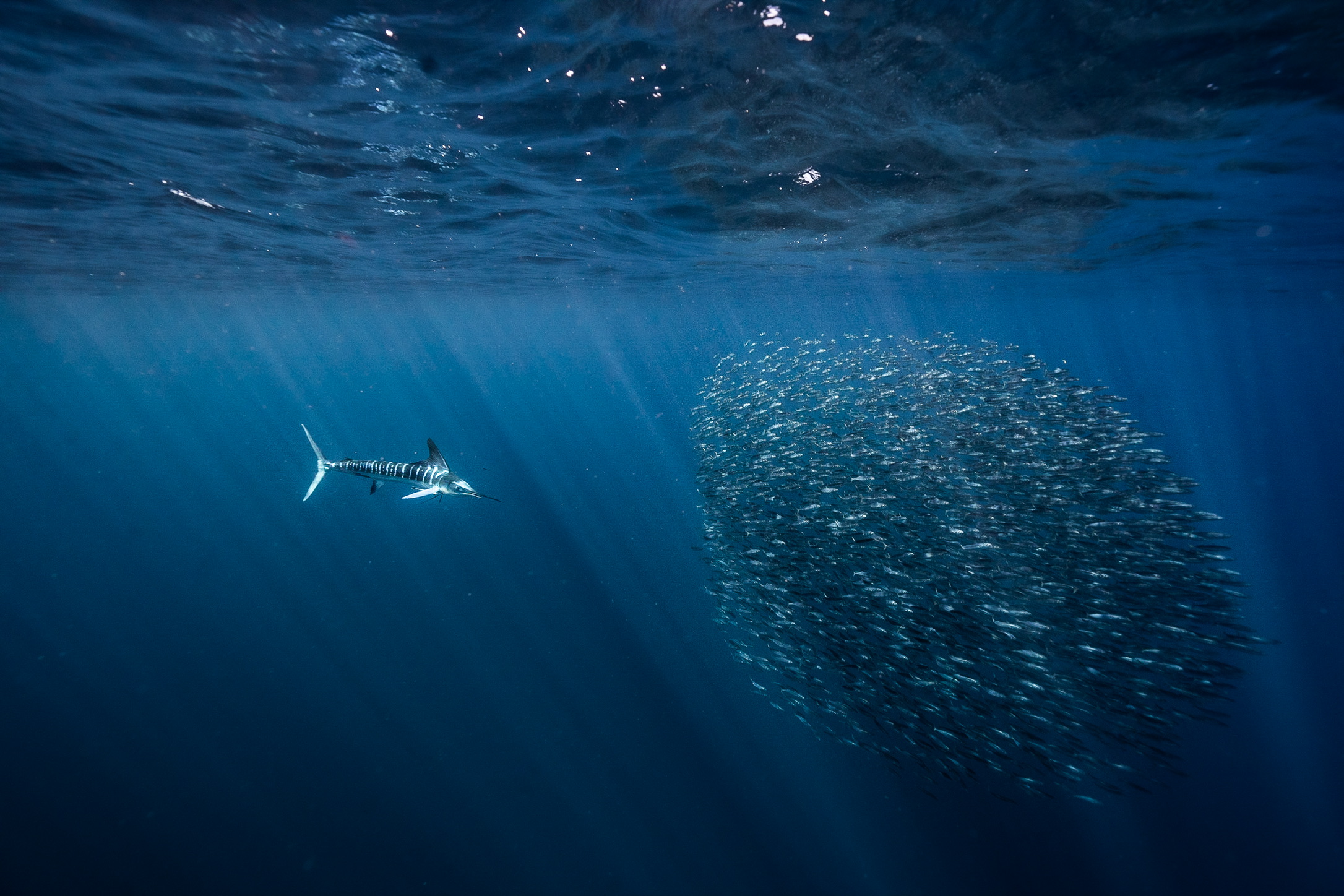
What are some of your biggest challenges when doing underwater photography?
I’ve often joked that underwater photography is like land photography, except your gear is often heavier, you’re out of your element, and you can’t breathe. Lugging around heavy, expensive underwater equipment while travelling alone as a woman of colour on a third-world passport is always interesting too!
As an underwater photographer, how do you go about setting up your shots?
I rarely set up images (it’s hard to do when shooting wildlife, and I prefer capturing serendipity), but rather focus on practising skills beforehand so that I’m ready when the moment arises. Aquatic life is frequently fast-moving, and knowing your camera equipment inside-out can save you a split second, which can be the difference between capturing an image or missing the shot completely. Especially on a liveaboard, you’ll want to ensure all your gear is functioning correctly before the expedition so there are no surprises after setting sail.
What sort of things inspire you to pick up your camera and shoot?
The most powerful images tell some sort of story. It’s one thing to take pretty pictures, another to evoke a reaction in your audience and make them feel. Empathy, awe, horror—these are all important feelings and can be used as catalysts for change or inspire action towards social good.
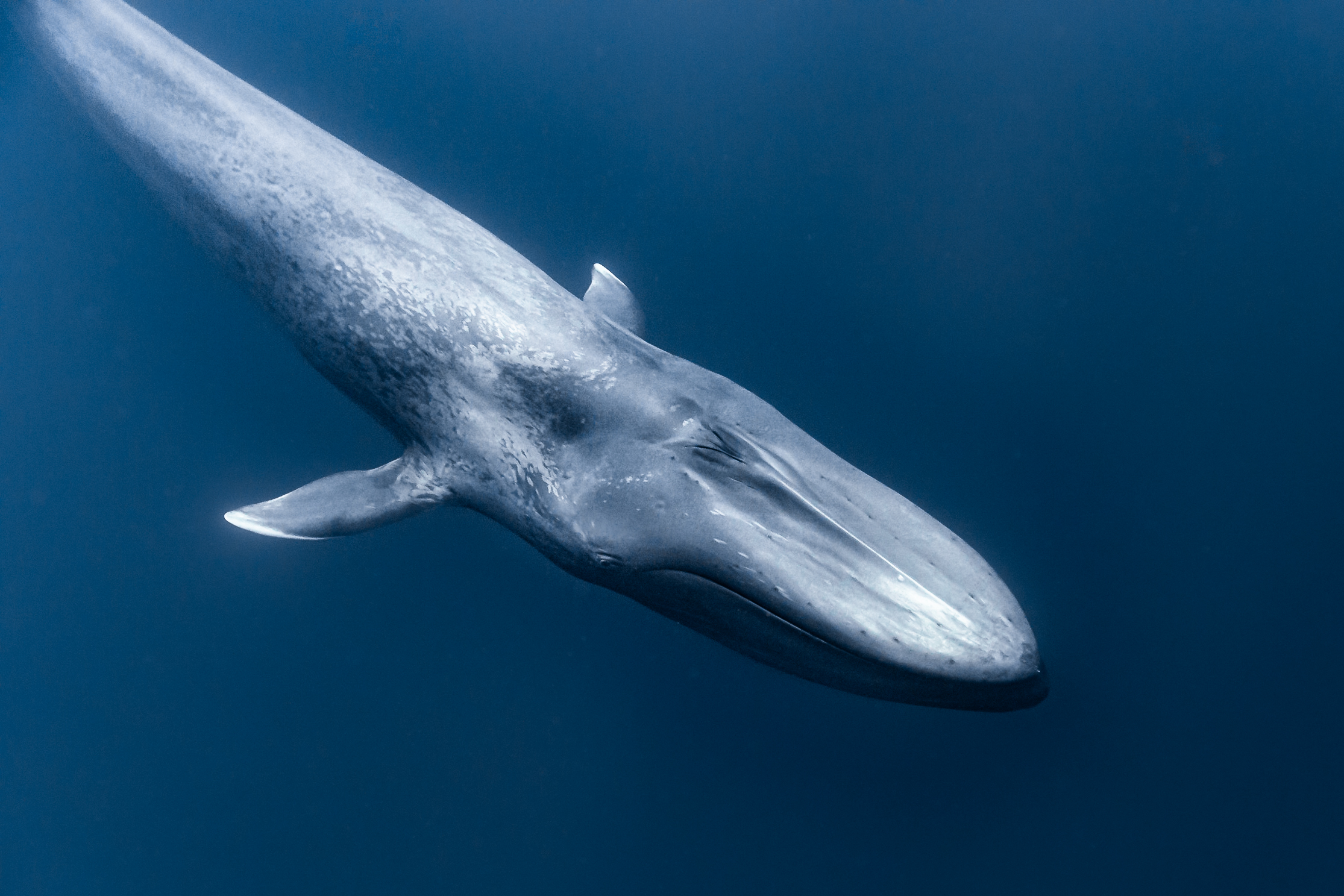
What are some of your top five underwater photography moments?
It’s so hard to choose, but my top favourites include encounters with marlins, Mobula rays, and more in Mexico’s Baja Peninsula, photographing freedivers in Cape Town’s kelp forests and South Africa’s Wild Coast for the annual sardine run. There’s nothing quite like swimming with massive bait balls of sardines as they’re hunted by dolphins, sharks, whales, and birds in a chaotic feeding frenzy.
What advice do you have for people who would like to take up underwater photography?
It’s okay to be afraid as long as you face that giant stride into the unknown. I did a TEDx talk surrounding this simple act in scuba diving—how we stand at the edge and step into the abyss. It’s a dive philosophy but also one that’s very applicable to life. Growth comes through discomfort and from facing your fears.
You’re a strong proponent for solo travel and have travelled worldwide. Where are some of your favourite diving spots? Where are some of your favourite sites to snap some shots of life underwater?
Honestly, Cape Town is up there for me. The rich, complex human stories within the water element elevate the images beyond the ordinary. I’ll always love photographing marine megafauna, but photographing divers — especially people of colour — in water spaces is something I’m really passionate about.
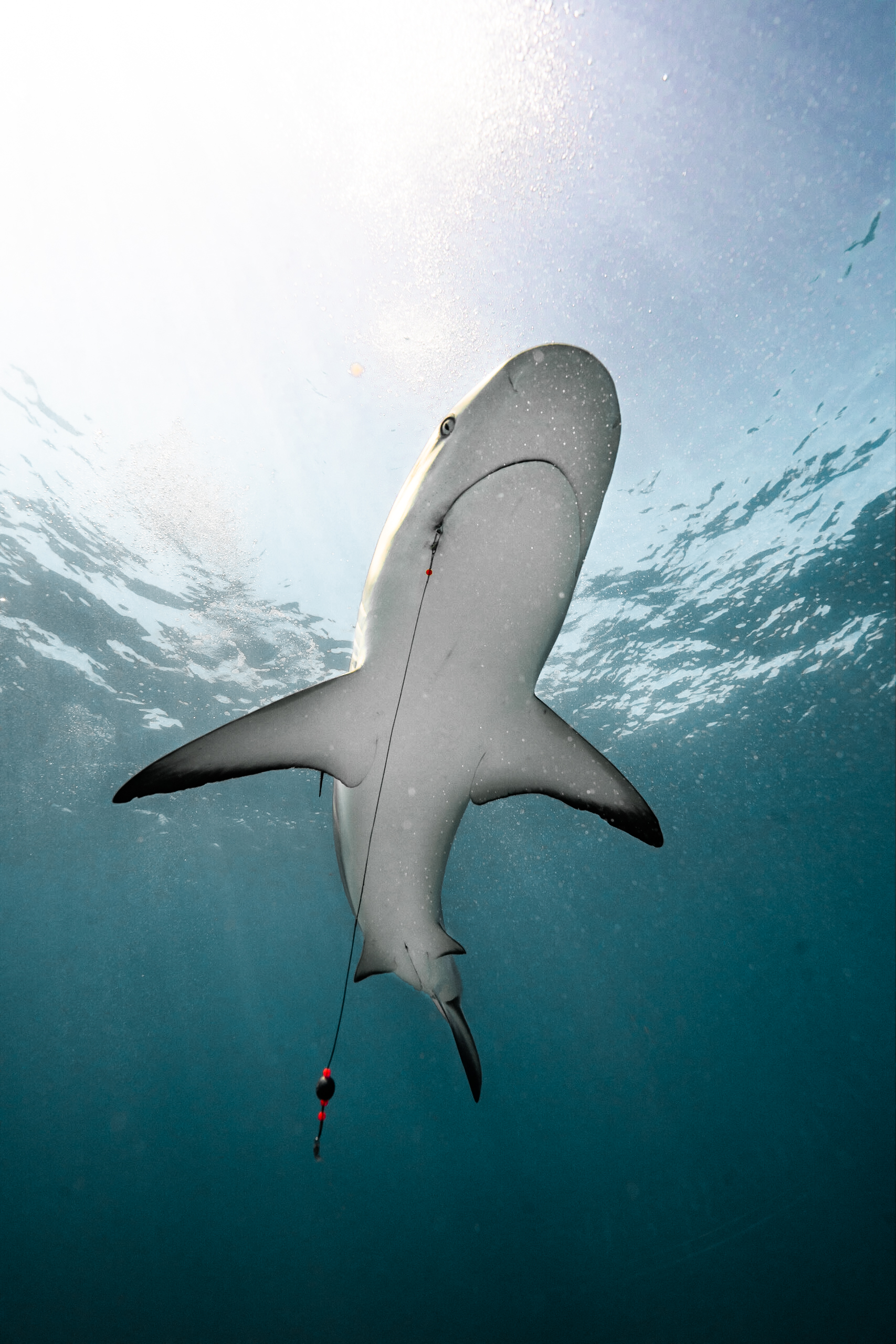
You’ve encountered all kinds of marine life on your shoots. Which has been your favourite? Which encounter was a little scarier? Are there any animals you still want to encounter/photograph?
Probably swimming with the largest living animal ever…the blue whale! We were far offshore looking for bait balls when we wound up sharing the water with an inquisitive blue whale who kept coming up to check us out. I’d also love to photograph Antarctica underwater someday… I was lucky enough to visit in 2014 and would love to go back and dive under the ice with penguins and leopard seals.
How long did it take for you to feel comfortable shooting animals like sharks and the like?
Never, really! My heart’s always pounding out of my chest, but you learn to face those fears 🙂
What kind of patience, control and discipline is involved in being an underwater photographer?
It can be easy to lose track of time, distance, or depth during a magical encounter with marine wildlife. Always keep an eye on your environment and dive computer if you have one, and err on the side of conservatism. I’ve seen a diver run out of air underwater while chasing dolphins far offshore. Safety first!
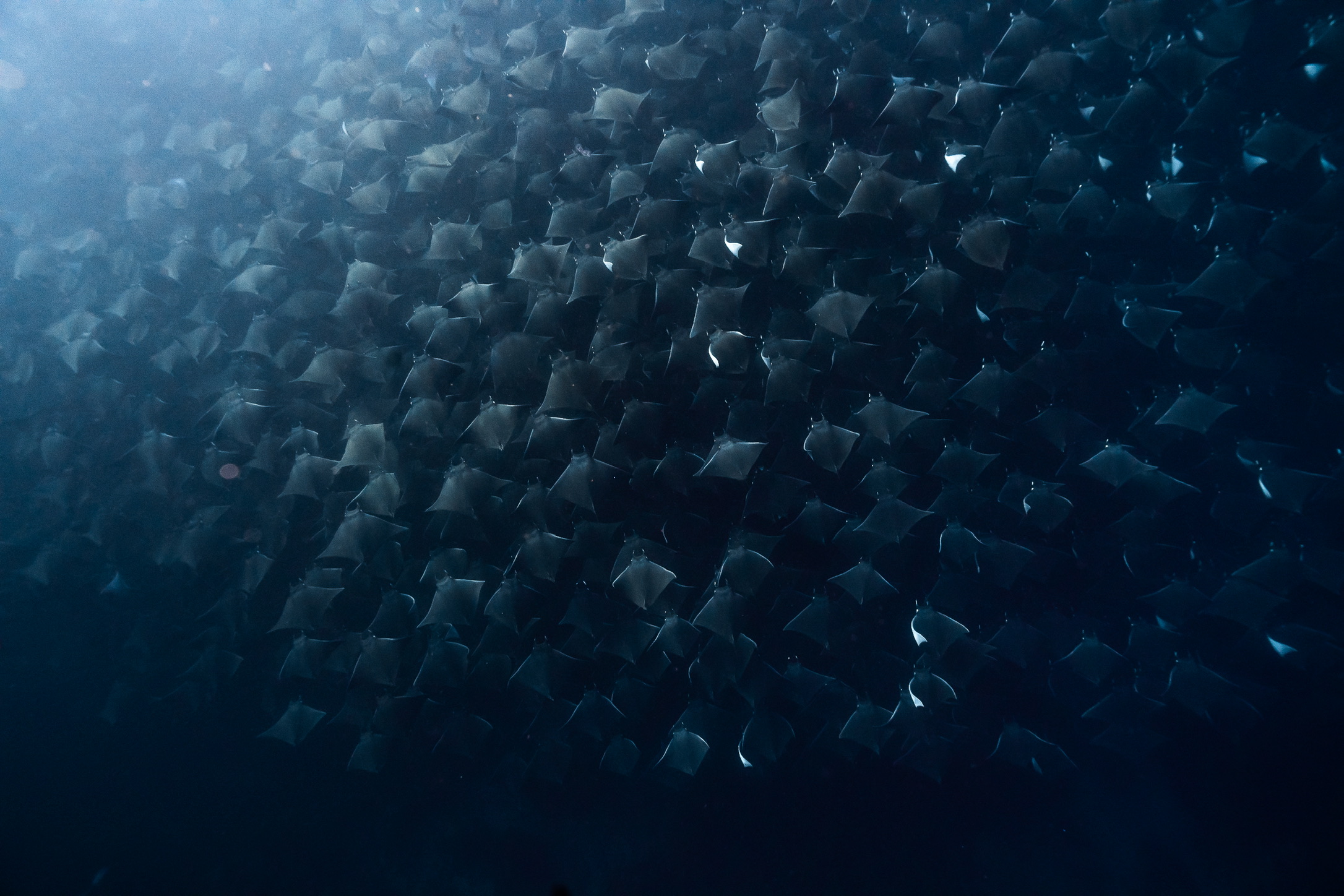
What camera do you shoot with?
Which gear is essential for your underwater shoots?
My own mask and custom wetsuit from Coral Wetsuits.
If we had to open your camera bag right now, what would we find?
My Sony Alpha a9, Nauticam housing, and a 16-35mm lens.
Where are you headed next?
I’m leading a gorilla trekking trip in Uganda/Rwanda, then an offshore expedition in Costa Rica early next year!


